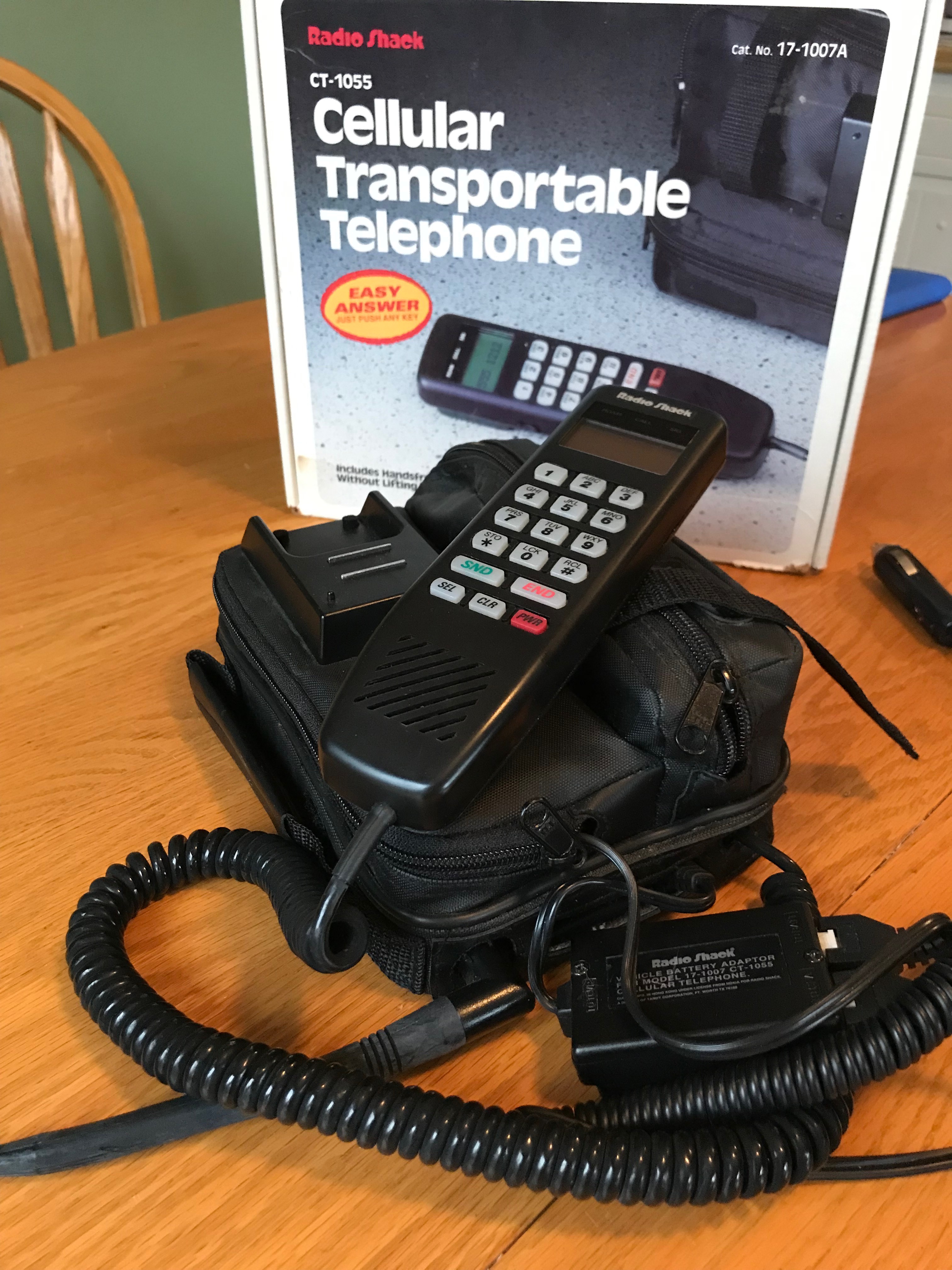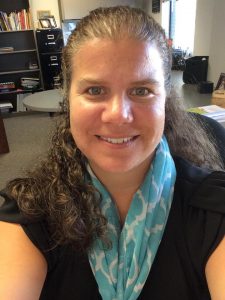Update your teaching as often as your cell phone
 I was reflecting on my cell phone the other day… yes, this really is my cell phone – from 1996. This was the first cell phone I owned when I was just starting my teaching career. At that time, this was the most amazing thing to me. I could call if I had car trouble, could check in with my family across the state without having to pay a long-distance bill, and could use it when I was driving the basketball team on snowy roads to let parents know we were running late if the weather was bad. This piece of technology was absolutely marvelous, and I couldn’t imagine anything better at the time.
I was reflecting on my cell phone the other day… yes, this really is my cell phone – from 1996. This was the first cell phone I owned when I was just starting my teaching career. At that time, this was the most amazing thing to me. I could call if I had car trouble, could check in with my family across the state without having to pay a long-distance bill, and could use it when I was driving the basketball team on snowy roads to let parents know we were running late if the weather was bad. This piece of technology was absolutely marvelous, and I couldn’t imagine anything better at the time.
Now, fast forward to our cellphones today and my 1996 model is something we laugh at. It weighed about 12 pounds, had a cord and the whole thing had to be contained in a bag due to the incredibly large battery. I can’t help but to smile and think about how far my phone has come in those 23 years. I can’t even count how many models and upgrades my cell phone has gone through in that amount of time.
I look at how much technology has grown and changed in the past 20+ years and I can’t help but think:
- How much has our teaching changed in that same amount of time?
- Have our assessments been updated as often as our cell phones or are we using the same tests we used 20 years ago?
- Have we changed the physical environment of our classrooms or are we still using the desks-in-rows arrangement?
- Are we moving our classrooms to student discovery and construction of knowledge or are we still solely relying on teacher lectures?
If we aren’t updating our teaching practices as often as we update our cellphones, then we are doing our students a disservice. Tom Hierck, an education consultant and author, said, “21st-century kids are being taught by 20th-century adults using 19th-century curriculum and techniques on an 18th-century calendar.” We obviously have no control over the age of our students or the age of ourselves, but we certainly can control our curriculum and instructional techniques. As we begin to look forward, we must think: how can we bring our teaching into the 21st century?
- Perhaps you want to consider utilizing an updated curriculum?
- There are a wide variety of free curricular resources that can help you update your program.
- Maybe you want to try project-based learning?
- Maybe you would like to see how PBL can work in a science program?
- Perhaps you want to look into competency-based education? You can also dive deeper into Iowa-specific competencies by looking through the resources created and collected by The Center.
- Perhaps you are wanting to utilize additional technology integration to better meet student and instructional needs?
- Maybe you are thinking it is time to overhaul your assessments to bring them into alignment with the NGSS?
- Maybe you are wanting to move to more student-centered discourse and want to consider ways to engage student discourse?
Whatever it is that you would like to try, Central Rivers AEA consultants that are eager to work with you! Please do not hesitate to reach out and allow us to serve you and your students. Let’s work together to bring our instruction into the 21st-century!
Reach out to the author: Mandie Sanderman, Science Consultant for Central Rivers AEA.
